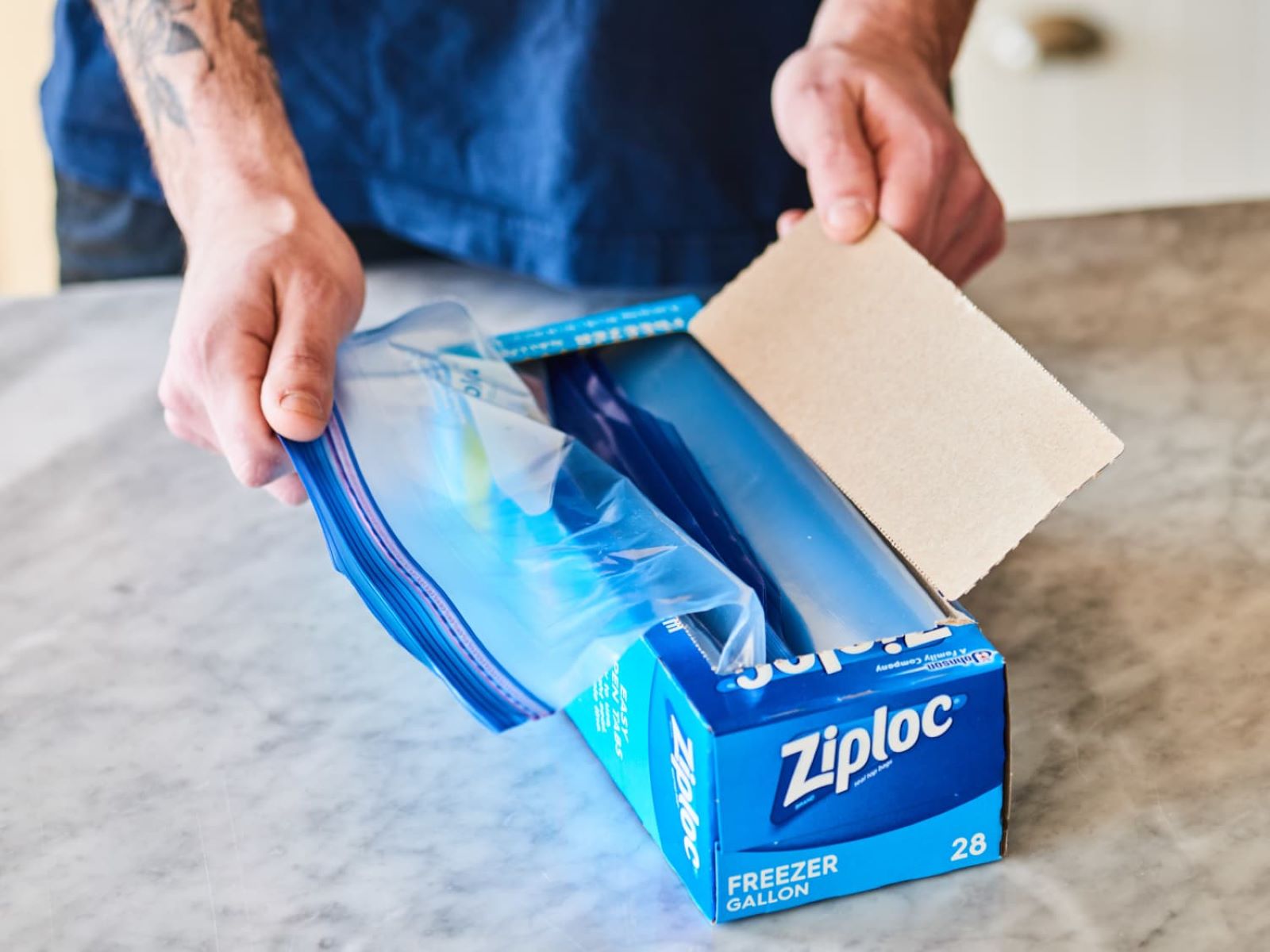

Articles
How To Store Ziploc Bags
Modified: December 7, 2023
Learn the best methods for storing Ziploc bags with these informative articles. Keep your bags organized and fresh for future use.
(Many of the links in this article redirect to a specific reviewed product. Your purchase of these products through affiliate links helps to generate commission for Storables.com, at no extra cost. Learn more)
Introduction
Ziploc bags are versatile and convenient storage solutions for various items in the kitchen and beyond. From storing leftovers and meal prep ingredients to organizing small items and travel essentials, these durable plastic bags have become a staple in many households.
However, properly storing Ziploc bags is essential to ensure their longevity and usability. When not stored correctly, Ziploc bags can become tangled, damaged, or lose their seal, rendering them ineffective and potentially wasting valuable food or causing frustration.
In this article, we will explore the benefits of storing Ziploc bags properly and provide useful tips and options for organizing them in your home. By implementing these recommendations, you can keep your Ziploc bags neat, accessible, and in optimal condition for all your storage needs.
Key Takeaways:
- Properly storing Ziploc bags extends their lifespan, maintains freshness, and maximizes space efficiency, simplifying storage routines and reducing waste.
- Options for storing Ziploc bags include drawer/cabinet storage, hanging on racks/hooks, using dedicated organizers, pantry storage, and vacuum-sealing for long-term preservation. Choose the best fit for organized, accessible, and reliable storage.
Read more: How To Store Ziploc Bags In Pantry
Benefits of Storing Ziploc Bags Properly
Properly storing Ziploc bags offers several advantages that can enhance your overall storage experience. Here are some key benefits:
- Extended Lifespan: Storing Ziploc bags properly helps to preserve their integrity and extend their lifespan. By avoiding damage and maintaining their seal, you can use the bags repeatedly, reducing waste and saving money in the long run.
- Easy Accessibility: When Ziploc bags are stored in an organized manner, you can easily find and access them when needed. This eliminates the frustration of rummaging through cluttered drawers or cabinets, saving you time and effort in your daily routine.
- Prolonged Freshness: Storing food items in Ziploc bags properly helps to maintain their freshness for longer periods. The airtight seal provided by Ziploc bags minimises exposure to air and moisture, preventing premature spoilage and food waste.
- Improved Space Efficiency: Proper storage of Ziploc bags maximizes your storage space by utilizing it effectively. By keeping bags neatly organized, you can optimize drawer or cabinet space, making room for other essential items in your kitchen or pantry.
- Easier Maintenance: When Ziploc bags are stored properly, they are less likely to become tangled or tangled with other items. This makes cleaning and maintenance a breeze, as you can easily wipe down or rinse the bags without the need to untangle them first.
By reaping these benefits, you can simplify your storage routines, reduce waste, and make your overall organization more efficient. Now let’s explore some tips and options for storing Ziploc bags properly.
Tips for Storing Ziploc Bags
To ensure optimal storage of your Ziploc bags, consider the following tips:
- Clean and dry: Before storing Ziploc bags, make sure they are clean and completely dry. Any moisture or residue left in the bags can lead to mold or bacterial growth, compromising their functionality.
- Avoid direct sunlight: Keep Ziploc bags away from direct sunlight. Prolonged exposure to sunlight can cause the plastic to degrade and weaken, reducing the bags’ durability and seal effectiveness.
- Remove excess air: When storing food items in Ziploc bags, squeeze out as much air as possible before sealing. This minimizes air exposure, preserving the freshness of the food and preventing freezer burn.
- Consider bag sizes: Sort your Ziploc bags by size for better organization. Keeping different sizes in their respective sections makes it easier to find the appropriate bag for your needs.
- Label and date: It is helpful to label Ziploc bags with the contents and date of storage. This helps you track the freshness of the stored items and assists in easy identification later on.
- Use ties or clips: To prevent Ziploc bags from unfolding or opening during storage, secure them with twist ties, binder clips, or bag clips. This ensures the contents remain secure and prevents bags from getting entangled with other objects.
- Regularly inspect for damage: Periodically check your Ziploc bags for any signs of damage, such as cracks, tears, or weakening seals. Discard any bags that are compromised to maintain the functionality of the remaining ones.
By following these tips, you can maintain the quality and usability of your Ziploc bags and make the most out of their storage capabilities. Now, let’s explore some options for storing Ziploc bags in your home.
Option 1: Storing Ziploc Bags in a Drawer or Cabinet
One of the simplest and most common options for storing Ziploc bags is to keep them in a drawer or cabinet. Here’s how you can do it:
- Dedicate a space: Designate a specific area within a drawer or cabinet for your Ziploc bags. This ensures that they are easily accessible and not mixed up with other items.
- Use dividers or organizers: Use small dividers or organizers to create separate compartments within the drawer or cabinet. This helps to keep different sizes of Ziploc bags neatly arranged and prevents them from getting jumbled together.
- Stack bags vertically: Stack the Ziploc bags vertically within each compartment. This allows you to easily see and access the bags from the top, without having to dig through the stack.
- Consider drawer inserts: If you want to take your organization to the next level, consider using drawer inserts specifically designed for storing Ziploc bags. These inserts have compartments of different sizes that perfectly fit various sizes of bags, keeping them neatly organized.
Storing Ziploc bags in a drawer or cabinet is a convenient option, especially if you have limited counter space in your kitchen. It keeps the bags handy while maintaining a clean and clutter-free look. Let’s explore another option for storing Ziploc bags.
Option 2: Hanging Ziploc Bags on a Rack or Hook
If you prefer a more visible and space-saving method of storing Ziploc bags, hanging them on a rack or hook can be an excellent option. Here’s how you can do it:
- Choose a suitable rack or hook: Look for a sturdy rack or hook that can support the weight of the Ziploc bags. Consider options like adhesive hooks, wall-mounted racks, or over-the-door organizers.
- Hang the bags: Attach the Ziploc bags to the rack or hook using binder clips or clothespins. Securely clip the bags to prevent them from falling or unfolding.
- Arrange by size: Sort the Ziploc bags on the rack or hook by size. This allows you to easily locate the desired bag when you need it.
- Create separate sections: If you have a large collection of Ziploc bags, consider creating separate sections on the rack or hook for different sizes or types of bags. You can use dividers or labels to clearly indicate the sections.
Hanging Ziploc bags on a rack or hook is a visually appealing option, especially for those who prefer to have their storage items in plain sight. It also makes it convenient to grab a bag quickly without the need to dig through drawers or cabinets. Let’s move on to another option for storing Ziploc bags.
To store Ziploc bags, place them in a drawer or container to keep them organized and easily accessible. You can also hang them on a hook or clip them to a hanger to save space.
Read more: How To Store Reusable Ziploc Bags
Option 3: Using a Dedicated Ziploc Bag Organizer
If you want a specialized storage solution for your Ziploc bags, using a dedicated Ziploc bag organizer can be a great choice. Here’s how you can utilize this option:
- Purchase a Ziploc bag organizer: Look for organizers specifically designed to hold and organize Ziploc bags. These organizers typically have compartments or pockets of various sizes to accommodate different bag sizes.
- Choose the right size: Select an organizer that suits your storage needs, considering the number of Ziploc bags you typically use and the available storage space in your kitchen or pantry.
- Sort by size and type: Organize your Ziploc bags within the dedicated compartments based on their size and type. This allows for easy categorization and quick access when needed.
- Label the compartments: To enhance organization, consider labeling each compartment with the corresponding bag size or purpose. This ensures that you can easily identify the bag you need without having to search through the organizer.
Using a dedicated Ziploc bag organizer offers a streamlined and efficient storage solution. It keeps your bags neatly organized, accessible, and in good condition. Let’s explore another option for storing Ziploc bags.
Option 4: Storing Ziploc Bags in a Pantry or Kitchen Storage Area
If you have a pantry or a designated kitchen storage area, utilizing this space to store your Ziploc bags can be a practical and convenient option. Here’s how you can maximize this storage option:
- Designate a specific section: Allocate a dedicated shelf or section in your pantry or kitchen storage area for your Ziploc bags. This helps to maintain organization and prevents them from getting mixed up with other items.
- Use storage bins or baskets: Place your Ziploc bags inside clear storage bins or baskets to keep them contained and easily accessible. Group bags of similar sizes or types together for better organization.
- Label the bins: To ensure quick identification, consider labeling the storage bins or baskets with the bag sizes or specific contents. This makes it easier for you to locate the desired bag when you need it.
- Consider vertical storage: If space allows, consider storing your Ziploc bags vertically. You can use file organizers or vertical dividers to keep the bags upright, making it easier to grab the one you need without disturbing the others.
Storing Ziploc bags in your pantry or kitchen storage area helps to keep them within reach while maintaining a neat and organized space. This option is especially beneficial if you have limited drawer or counter space in your kitchen. Let’s explore one more option for storing Ziploc bags.
Option 5: Vacuum-Sealing Ziploc Bags for Long-Term Storage
If you’re looking to extend the shelf life of your stored items, particularly food, vacuum-sealing Ziploc bags can be an excellent choice. This method helps to remove air and create a tight seal, preventing spoilage and freezer burn. Here’s how you can vacuum-seal Ziploc bags:
- Get a vacuum sealer: Purchase a vacuum sealer specifically designed for home use. These machines typically come with bags or rolls that can be used with the sealer.
- Prepare the Ziploc bags: Place the items you want to store in appropriately sized Ziploc bags. Make sure the bags are clean and dry before sealing.
- Insert the bag into the sealer: Place the open end of the Ziploc bag into the vacuum sealer. Ensure that the bag is aligned and flat against the sealing area.
- Start the vacuum-sealing process: Follow the instructions provided with your vacuum sealer to initiate the sealing process. This typically involves pressing a button or engaging a lever. The machine will remove the air from the bag and seal it tightly.
- Label and date the bag: After vacuum-sealing, label each bag with its contents and the date of storage. This helps you keep track of the freshness and easily identify the items when needed.
Vacuum-sealing Ziploc bags is an ideal option for long-term storage of perishable items, such as meats, fruits, and vegetables. It helps to preserve their freshness and quality for an extended period, allowing you to minimize food waste. Remember to store the vacuum-sealed bags in an appropriate location, such as the freezer or pantry, based on the item being stored.
With option 5, we’ve explored various methods for storing Ziploc bags, each offering unique benefits and suiting different storage preferences. Choose the option that best fits your needs and available space to keep your Ziploc bags organized, accessible, and in optimal condition.
Conclusion
Properly storing Ziploc bags is key to maintaining their functionality, maximizing their lifespan, and ensuring easy accessibility when needed. By implementing the tips and options discussed in this article, you can keep your Ziploc bags organized and in optimal condition for all your storage needs.
We explored the benefits of storing Ziploc bags properly, including extending their lifespan, easy accessibility, prolonged freshness of stored items, improved space efficiency, and easier maintenance. Maintaining these benefits can simplify your storage routines, reduce waste, and enhance overall organization in your home.
We discussed various options for storing Ziploc bags, such as keeping them in a drawer or cabinet, hanging them on a rack or hook, using a dedicated Ziploc bag organizer, storing them in a pantry or kitchen storage area, and vacuum-sealing them for long-term storage. Each option offers its own advantages and can be tailored to your specific needs and available space.
No matter which storage option you choose, remember to clean and dry your Ziploc bags before storing them, label and date them for easy identification, and regularly inspect for any signs of damage. These practices will help maintain the quality and usability of your Ziploc bags.
By implementing these tips and utilizing the suitable storage options, you can ensure that your Ziploc bags are neatly organized, easily accessible, and ready for all your storage needs. Whether it’s storing leftovers, organizing small items, or preparing for travel, your properly stored Ziploc bags will be reliable companions in your everyday life.
So, take the time to store your Ziploc bags properly and enjoy the convenience and efficiency they bring to your storage routines. Keep everything in order, reduce waste, and make your life in the kitchen and beyond a little easier.
Frequently Asked Questions about How To Store Ziploc Bags
Was this page helpful?
At Storables.com, we guarantee accurate and reliable information. Our content, validated by Expert Board Contributors, is crafted following stringent Editorial Policies. We're committed to providing you with well-researched, expert-backed insights for all your informational needs.
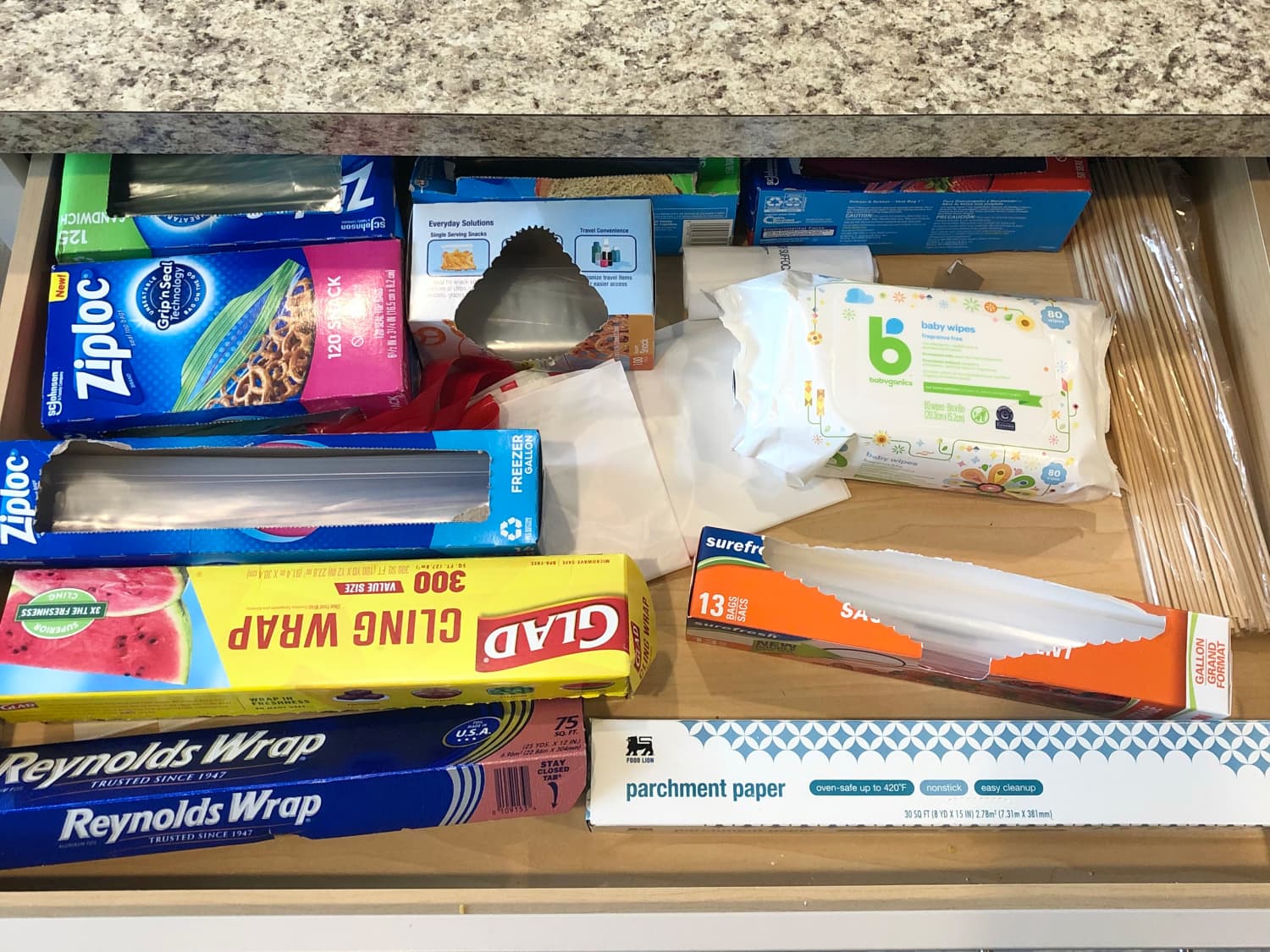
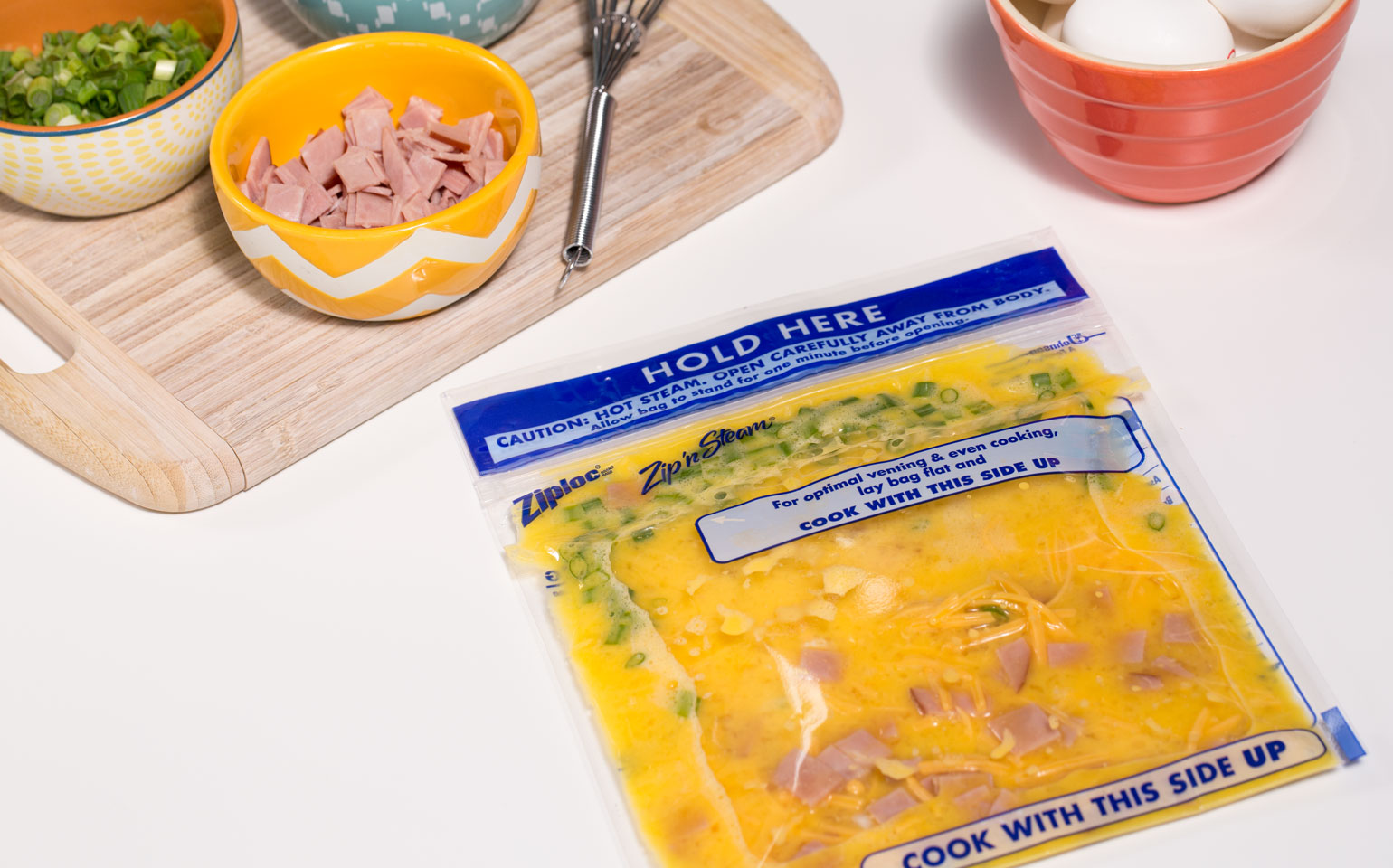
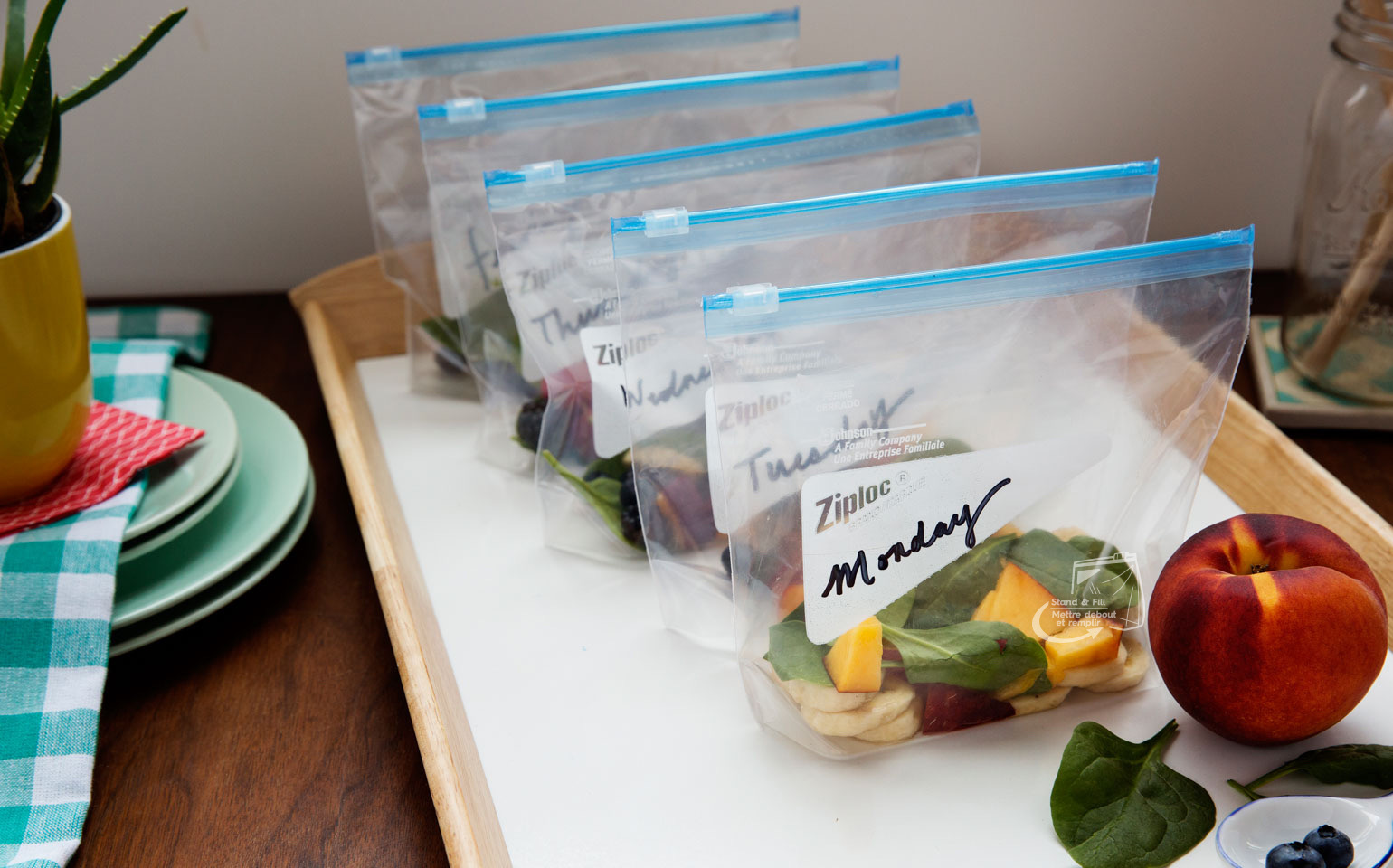
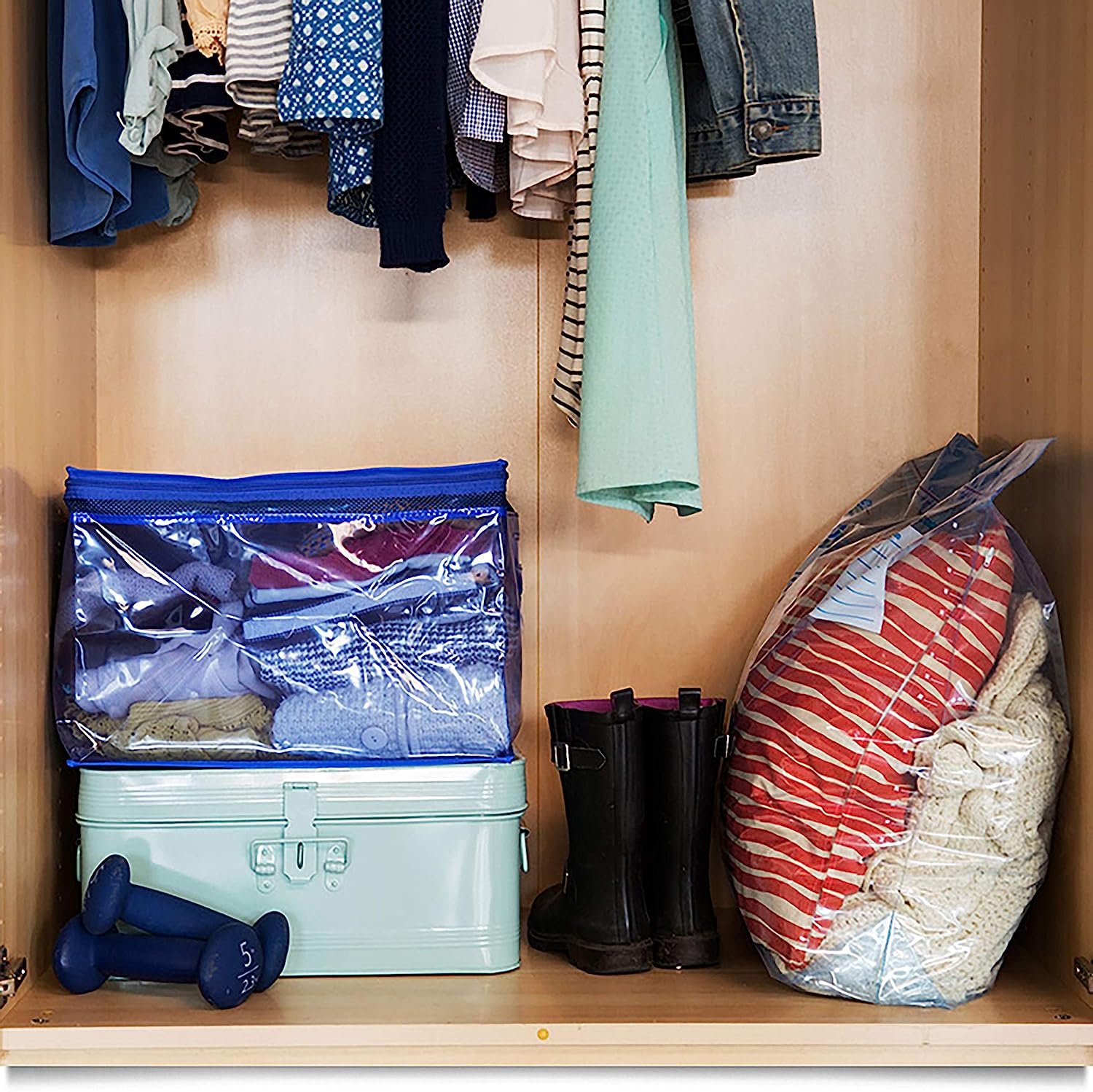
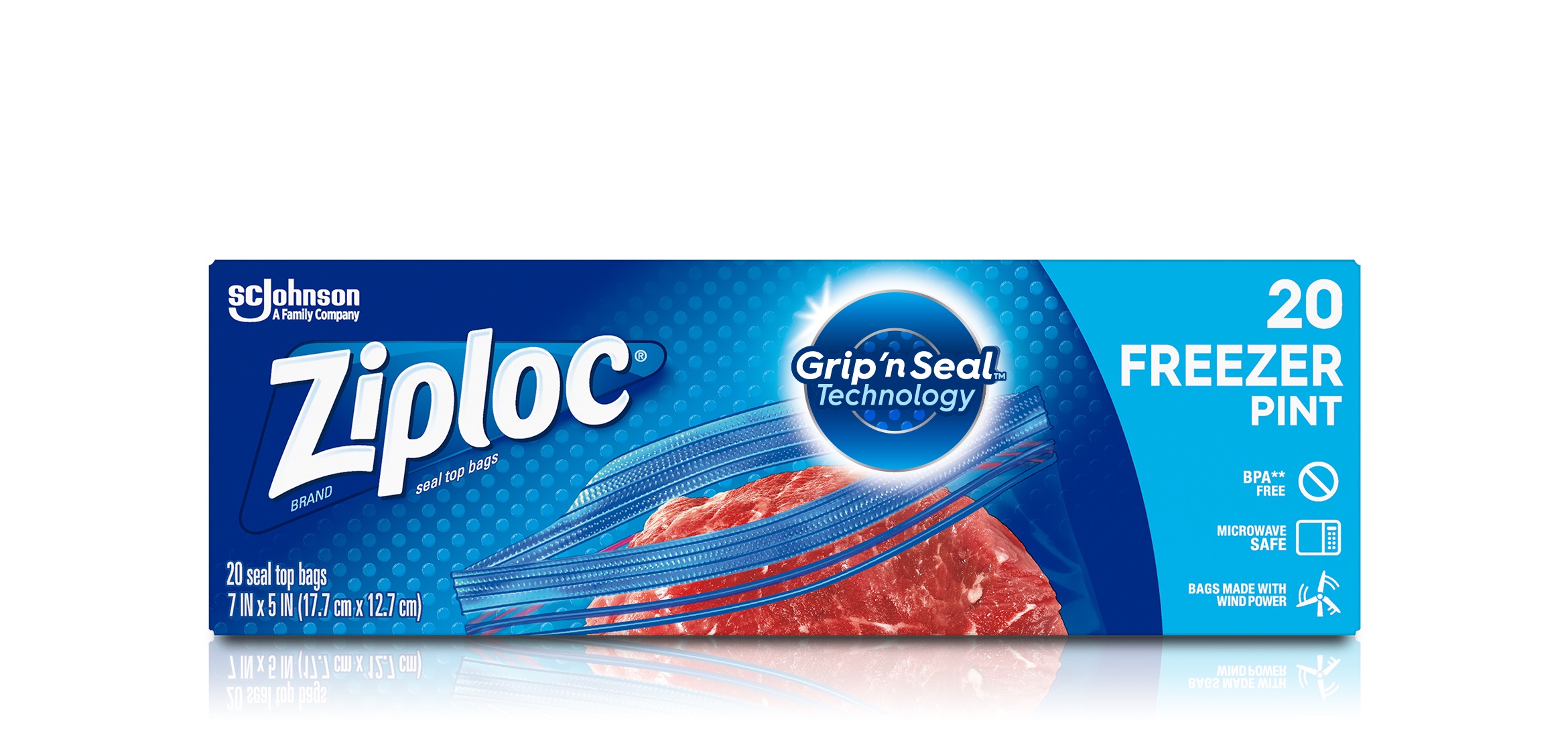
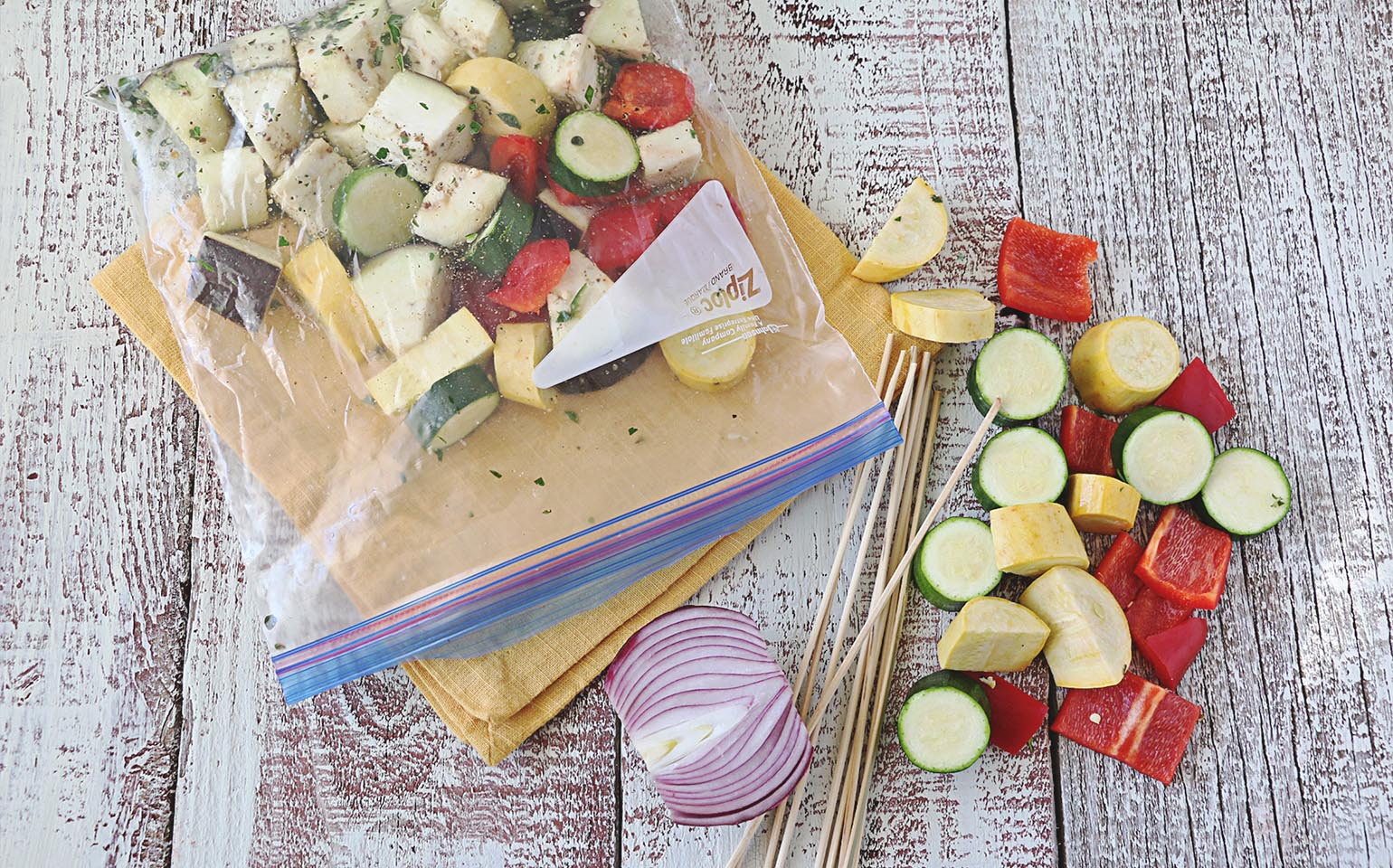
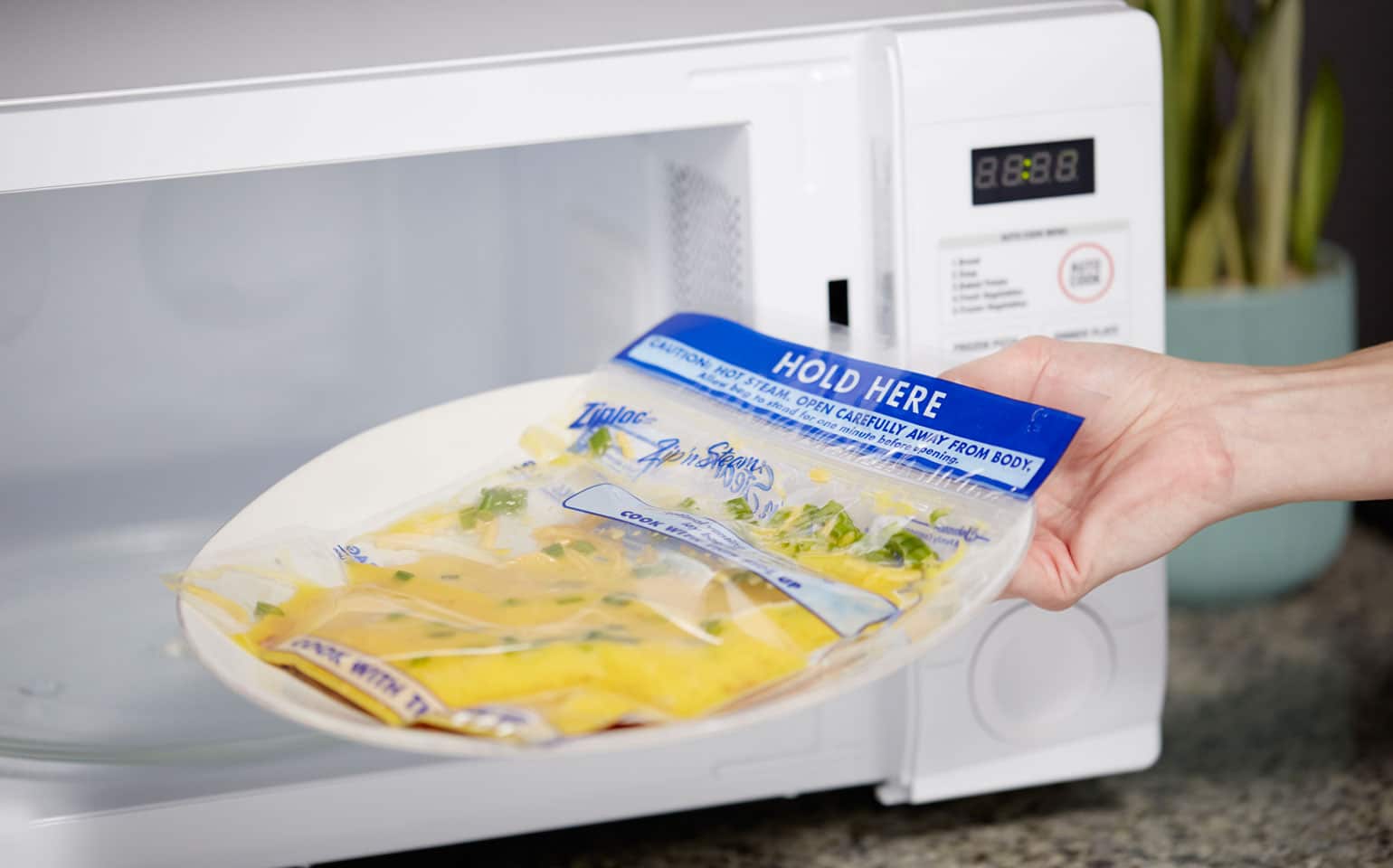
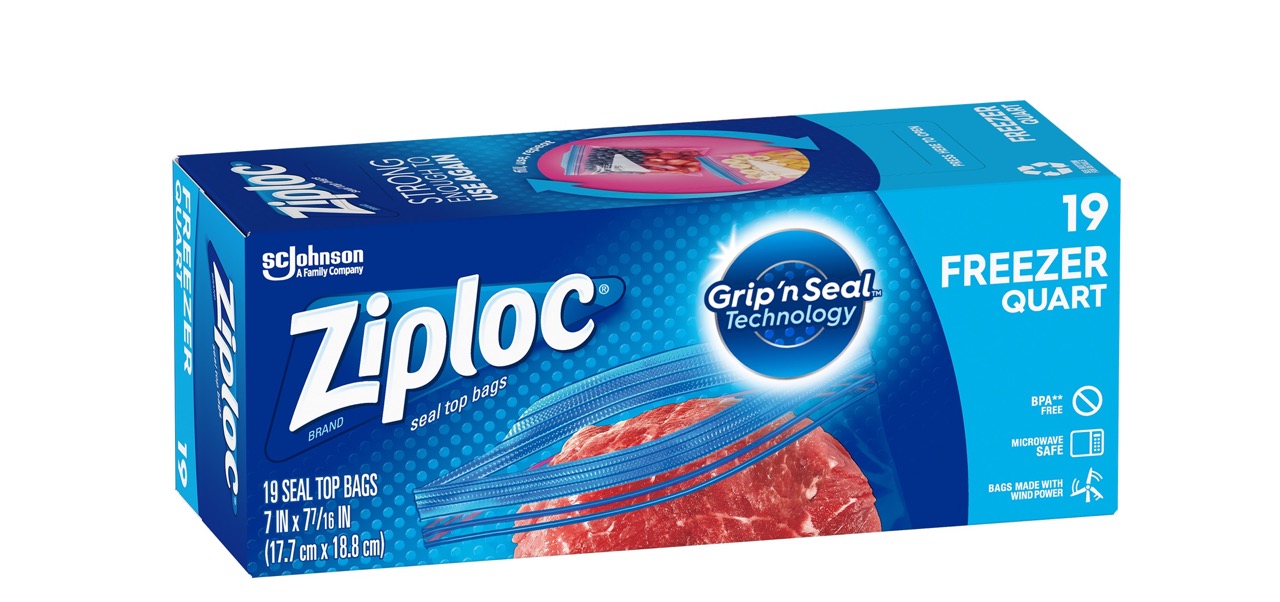
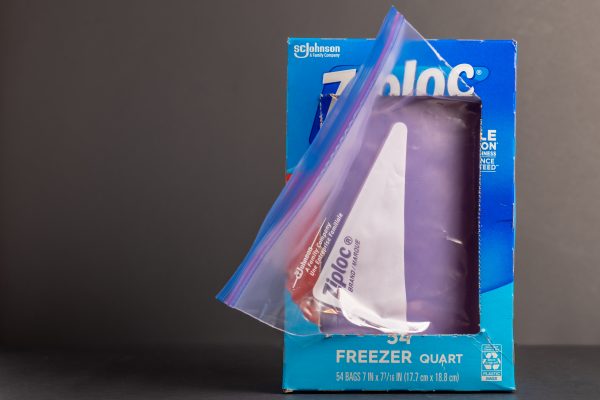
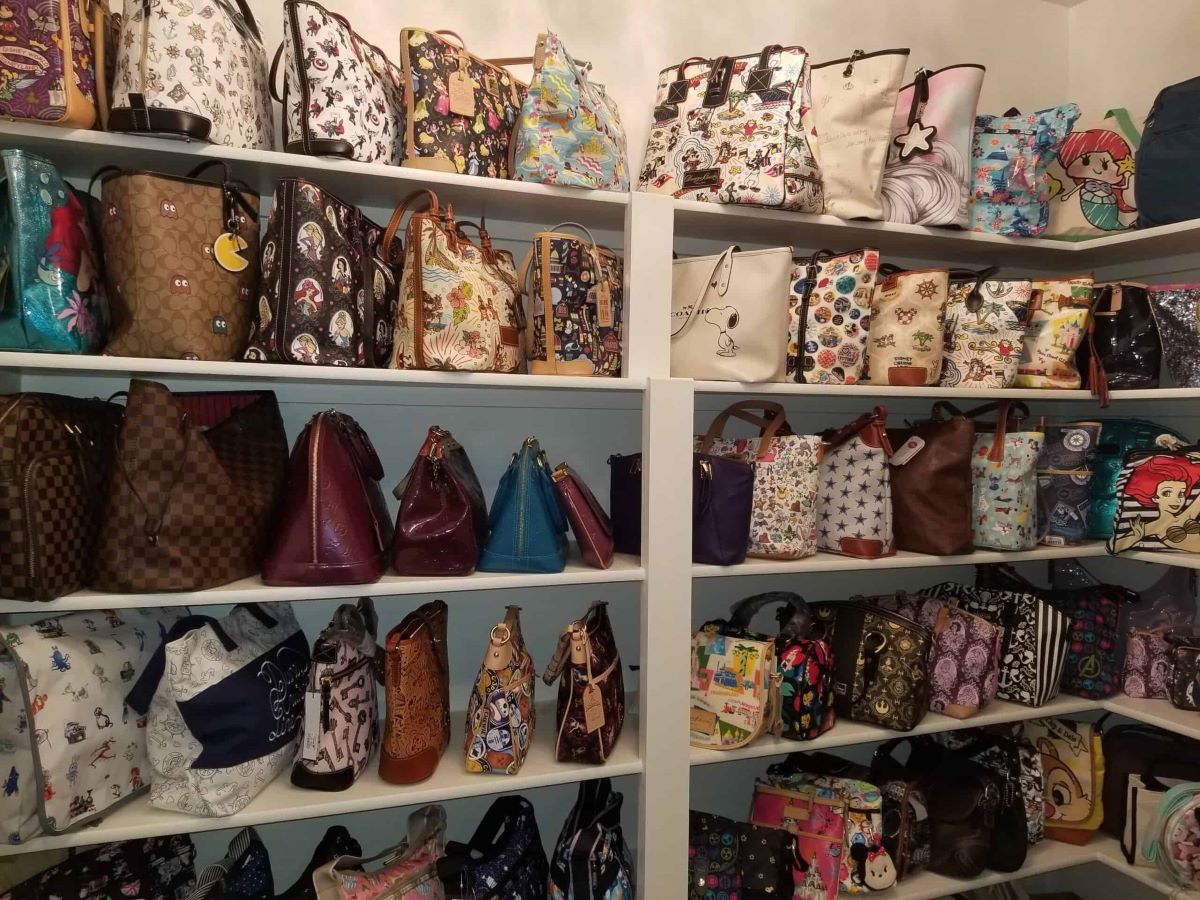



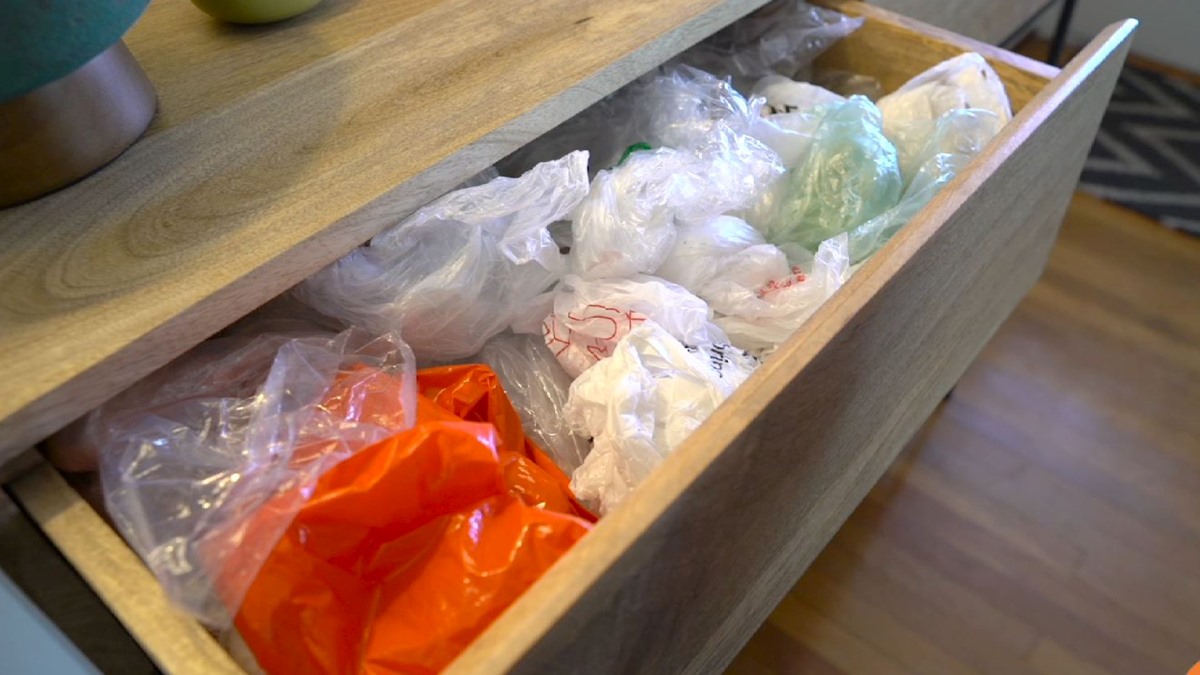

0 thoughts on “How To Store Ziploc Bags”